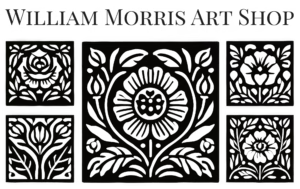We aim to comply with the Web Content Accessibility Guidelines (WCAG) 2.1 Level AA standards, which provide recommendations for making web content more accessible to people with disabilities. These guidelines address various accessibility issues, including:
a. Text Alternatives: Providing text alternatives for non-text content.
b. Time-based Media: Offering alternatives for time-based media.
c. Adaptability: Creating content that can be presented in different ways without losing information or structure.a.
d. Distinguishable: Making it easier for users to see and hear content.
e. Keyboard Accessible: Ensuring all functionality is available from a keyboard.
d. Navigable: Providing ways to help users navigate, find content, and determine where they are.
f. Readable: Making text content readable and understandable.
g. Predictable: Making web pages appear and operate in predictable ways.
h. Input Assistance: Helping users avoid and correct mistakes.
i. Compatibility: Maximizing compatibility with current and future user agents, including assistive technologies.
